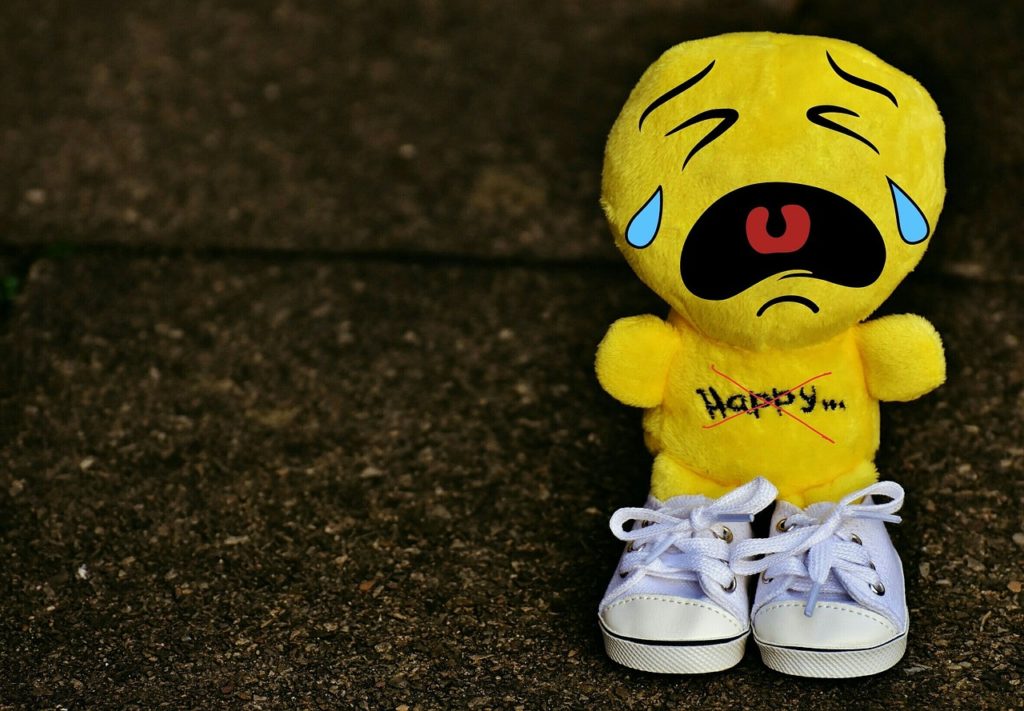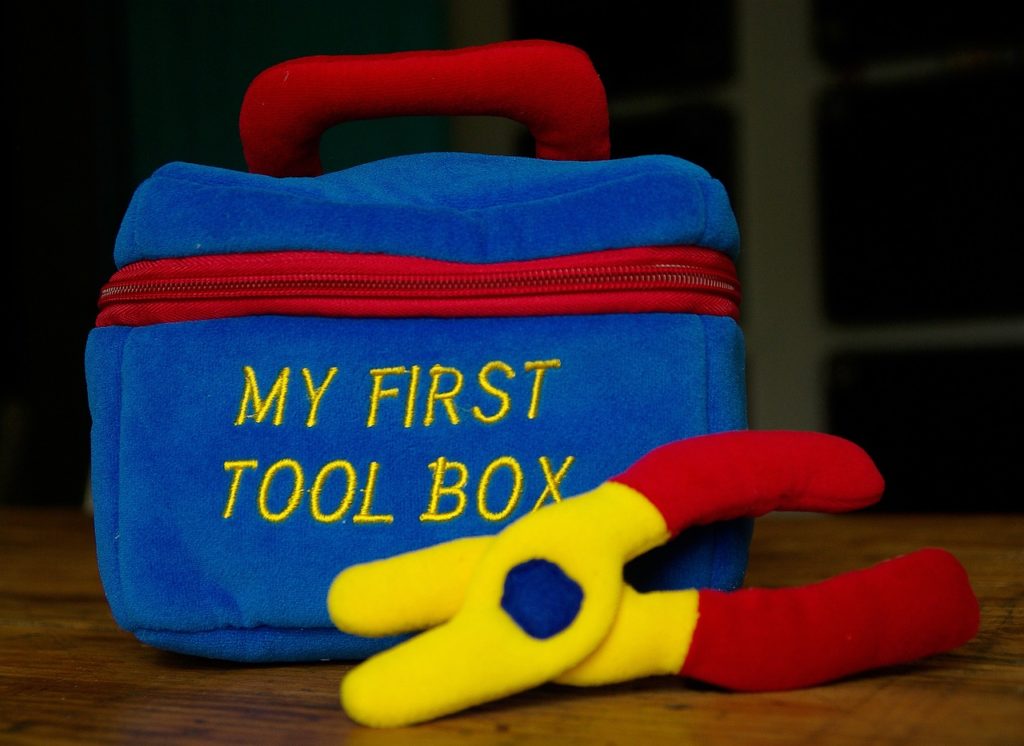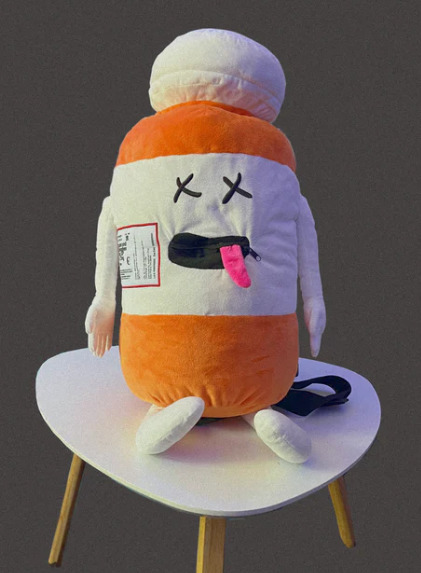I’d like to suggest a different question.
We have emojis to express feeling happy, sad, angry, afraid, surprised, and more of what we might call everyday emotions. As far as I know, other than a few suggestive images (like the face with a bandage) there are no emojis for depression, panic attacks, profound grief, dissociation, post-traumatic stress, or a dreaded existential crisis. What would they even look like?

People sometimes use smiley faces when chatting about negative topics as a way of masking pain or depression, according to a recent study published in Frontiers in Psychology. The study confirmed what other researchers have found. When we have any emotion, especially emotional pain, that experience is couched in a world of social norms and cultural meaning.
Perhaps the biggest social norm concerning emotion is that the level of pain you experience or express should never be so great that it cannot be fully explained by recent events. This norm is a scrappy rule of thumb that has regrettably received the same red carpet treatment we would give an established scientific fact.
Many years ago, I went to a cafe in France and ordered chocolate mousse. The waiter carried my order outside on a tray, all the way to my table in the cobblestone courtyard. He placed the glass goblet in front of me and somehow failed to notice the dead, two-inch roach perched on top of the mousse like a cherry. I immediately yelped, stood up, and waved my hands at it while making further noises, trying to find the words. The French patrons were not amused. My display of emotion was, from the perspective of French culture, excessive and vulgar. I mean, what was wrong with me?
Sadness, grief, worry, and fear are basic terms describing “ordinary” emotions. These terms oversimplify the lived experience. What a textbook might label “sadness,” you might describe as emptiness, desolation, a feeling of disconnection, or a sense of loss. Greater levels of intensity compel us to reach for other words, like anguish, malaise, heartbreak, angst, or melancholy. Intensity is hard to express without labels that render it more socially acceptable… like “depression.”
As simple sadness intensifies, it becomes more difficult to ignore. We can loosely speak in terms of difficulty levels. Level one sadness floats in the background of awareness, annoying but tolerable. Level two consumes a portion of our attention, but we can continue to function. We can “put on a happy face.”

Level three is louder, drowning out any other thoughts or feelings. Its weight is felt deep within, pulling downward. Whatever coping skills you carry in your emotion toolbox, you must access them and put them to use. Level three cannot be shoved into the shadows. Any attempt to push it into a dark corner only drags you along with it.
Level four, that’s another story. Unless you’ve traversed level four many times, it generally exceeds one’s ability to cope. There are no tools in the average toolbox for making level four heal or go away.
Level five is apocalyptic.
At some point, as emotional pain increases in intensity from the negligible “level one” to the deafening “level five,” it becomes necessary to stop trying to “cope” and start listening. What is the emotion telling you?

At level four, some turn to the field of psychiatry. In psychiatry they find a new toolbox. It’s a small box with two primary tools: labels and pills.
Overall, psychiatry tends to frame emotional pain and suffering which exceeds a certain threshold (like level four above) as a signal that something in the brain or body has gone wrong. Not wrong in a general sense but wrong in a specific sense: emotional pain is viewed as a medical disease. A chemical imbalance. This is the “medical model” of emotional suffering.
I have a friend who received their first psychiatric diagnosis at the age of three. Not thirteen or thirty. Three. They began taking pills for ADHD at the age of five and a cocktail of drugs for anxiety and depression before hitting their teens. Since turning five, they haven’t experienced more than a month or two of life without psychiatric medication. Every time I think about it, I imagine a toy pill, the Fisher Price anti-depressant. If pharmaceutical companies could sell toys shaped like pill bottles, I think they would. Alas, a quick search reveals that toy pill bottles are, in fact, a thing. I’m filing this in my memory next to “candy cigarettes.” In my humble opinion, the only time pill bottles should become toys is when they’re melted down into actual toys.

The allure of psychiatry is that it offers labels for “level four” emotions that render them more socially acceptable. Someone embracing a medical diagnosis for intense, overwhelming sadness or fear can feel and express that suffering without facing social consequences.
What if people who experience emotional suffering didn’t need a medical diagnosis to be understood and accepted?
The question “what is wrong with me” is an extension of “what is wrong.” At its heart, it’s a question of causality. Remember the social norm I mentioned earlier? The norm holds that the level of pain you experience or express should never be so great that it cannot be fully explained by recent events. This means that our ability to explain the causes of emotional suffering lie at the heart of our understanding. If someone cannot see the causes of your level four emotions, then from their perspective, there must be something wrong with you.
Yet, how well do most people grasp the complex, often long-term causes of others’ emotions? Not particularly well.
When I was a student at the University of California, Berkeley, I spent one year as a research assistant at the San Francisco General Hospital. I worked for a woman studying the power of group therapy to help traumatized, minority women. I forget her name (it’s been so long), but Judith Herman, the author of Trauma and Recovery, was this woman’s graduate advisor. One of my tasks was to code the notes of therapists who worked with the traumatized women. Each of these women endured not just one horrifying event but many years of trauma centering around domestic violence so terrible that the therapists needed therapy. For awhile, I went home in tears every day.
My question for the researcher was this: Why were these women diagnosed with post-traumatic stress disorder (PTSD)? I mean, why is this considered a disorder and not a normal, human response to years of trauma? At the time, a person would receive a diagnosis of PTSD if they were still struggling just one month after a traumatic event. That’s four weeks! It takes six times that long to make a habit out of going to the gym.
There was no consideration for the duration of the trauma. The expectations for recovery were the same whether a person lived through a single car accident or spent years locked in a shed by a psychopath. What human being could suffer through years of domestic abuse and fully heal from it in a matter of weeks?
What angered me more was that the abusers were not diagnosed with any disorder. I imagine the authors of the DSM, the Diagnostic and Statistical Manual for psychiatry, saying, “Being violent to one’s wife or child is unfortunate, but it’s a normal, ordinary part of being human. The emotional suffering of the powerless after enduring that violence? That’s a medical disorder.”
What was wrong with the women receiving group therapy for trauma? Let’s ask a different question. What caused these women to suffer? What was causing them to feel overwhelming sadness, grief, and relentless fear? The difference here is subtle but powerful.
Of course, emotions have multiple causes, both external and internal. Sometimes it’s easy to see where sadness is coming from. Sometimes the initial cause is so far behind us, ignored or invalidated for so long, that it’s hard to draw a connection. One thing is certain, however. When the external causes of an emotion become clear, the medical model is not as compelling.
Whenever you feel compelled to ask “what is wrong with me,” try this instead:
What is causing me to feel this way?
Give yourself time to answer it. Don’t jump to “chemical imbalance.” There’s no evidence for that anyway.
Once, when I was prepped and waiting for an invasive surgery, I felt anxiety. I opened my emotion toolbox for what I’d call level three fear, and I put to use one of my favorite tools: meditation. It helped immensely. It never occurred to me to ask what was wrong with me, because the causal pathways (from event to emotion) were clear. Surgery is a natural fear.
But here’s something that I did not expect. It’s been one year since I endured months of grueling treatment for late-stage cancer, and when I remember some of those dark days, I feel more sadness about it now than I did while it was happening.
At first glance, that makes no sense. It’s tempting to wonder what is wrong with me, but if I ask, “what is causing me to feel this way,” the complex, winding path from event to emotion begins to take shape. I hurt less during treatment, because I focused on coping only with each passing moment as it arose. I did not have the strength to consider the long-term meaning of cancer. Not then. Only now, one year later, can I allow myself to grasp the extent of the damage that cancer did to my life. My delayed grief makes perfect sense. And there’s nothing wrong with it.
The beauty of asking “what is causing me to feel this way” is that you can recognize the natural course of emotional distress. You can begin to see that a past cause, still exerting its effects, is nevertheless fully in the past. You can start healing, and you can build up your emotion toolbox.

